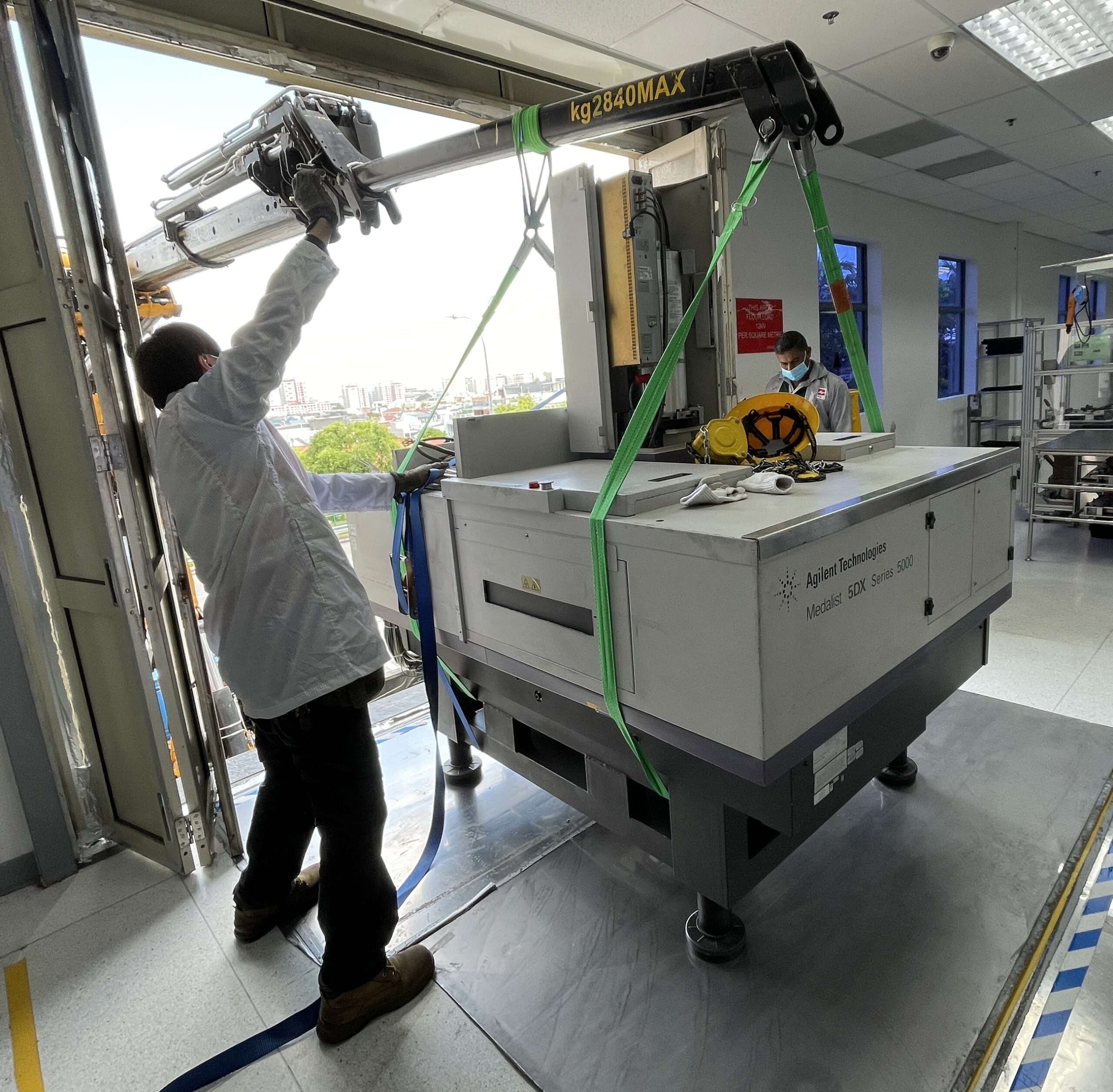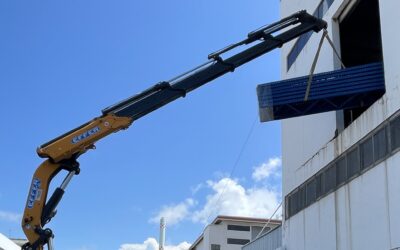- Clear Objectives and Roles: Before deploying a lifting team, it’s crucial to establish clear objectives and define the roles of each team member. This ensures everyone understands their responsibilities and contributes effectively to the task at hand.
- Comprehensive Training: Lifting team members should undergo thorough training on equipment operation, safety protocols, and communication procedures. Proper training minimizes the risk of accidents and ensures smooth coordination during deployment.
- Risk Assessment and Planning: Prior to deployment, conduct a comprehensive risk assessment of the lifting operation. Identify potential hazards and develop mitigation strategies to minimize risks to personnel and equipment. Planning should include factors such as load weight, environmental conditions, and site layout.
- Effective Communication: Communication is key during lifting operations. Implement clear communication protocols to ensure seamless coordination between team members, equipment operators, and any other personnel involved. This includes using standardized signals and radio communication where necessary.
- Continuous Monitoring and Adaptation: Throughout the lifting operation, continuously monitor conditions and progress. Be prepared to adapt plans and procedures as needed based on changing circumstances or unforeseen challenges. Regularly reassess risks and adjust strategies accordingly to maintain safety and efficiency.
These factors are essential for the successful deployment of a lifting team, as they form the foundation of a well-coordinated, risk-aware, and highly efficient operation. By prioritizing clear objectives, thorough training, proactive planning, effective communication, and ongoing monitoring, organizations can ensure that lifting tasks are executed with the highest standards of safety, precision, and operational effectiveness. This structured approach not only protects personnel and equipment but also enhances overall project outcomes and long-term team performance.



